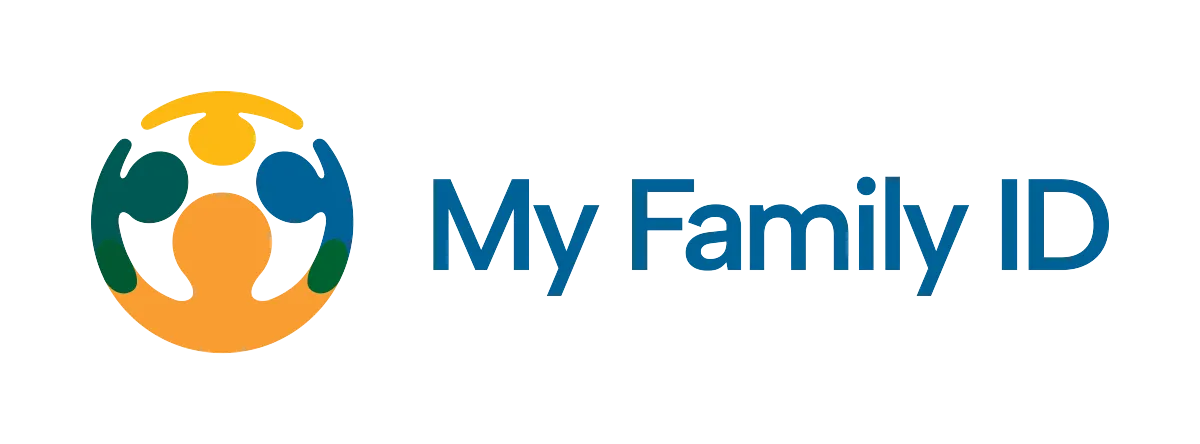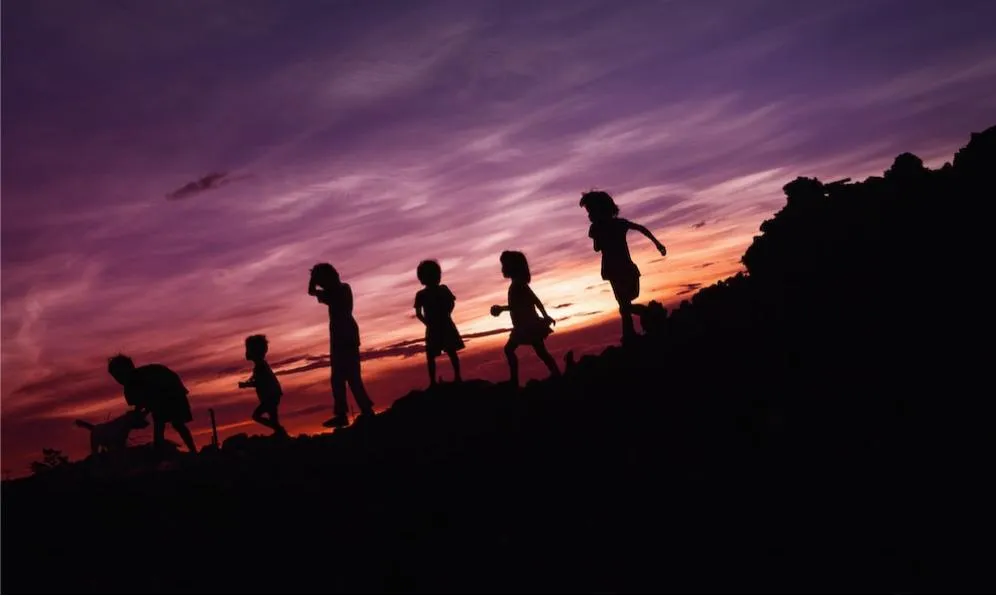
How 13 lost girls inspired a revolutionary change in how we can protect your kids
The way we identify missing children hasn’t changed in over a century. With over 300,000 vanishing every year, I knew we needed to do more to find them.
How Parents Can Be Prepared for a Missing Persons Event
As a parent, it's tough to imagine anything worse than your child going missing. It's a scary thought, but being prepared can make a world of difference. The 'My Family ID' app helps you store vital information like fingerprints and face scans, so you can quickly share it with law enforcement if the unthinkable happens. Seconds matter in these situations, and having this information readily available can help first responders act fast and bring your loved one home.
It's a situation no parent or law enforcement officer wants to face: a missing child with limited information to aid in their identification and safe return. This app was inspired by a situation I found myself in years aga as a missing persons detective.


I found myself standing in a living room in a bungalow on the outskirts of Tustin, California, in the company of one Vietnam vet and about 13 prepubescent girls.
I was joined by a social worker who responded with me to a potential human trafficking call first reported by a concerned neighbor when she saw a constant stream of preteens entering and exiting the house without any guardians. Luckily, my worst fears had been allayed. This didn’t appear to be a human trafficking operation, and all the girls in the house seemed comfortable in their surroundings as they washed clothes, made lunch, and watched cartoons. This residence had simply become a safe house for girls who had run away and found each other online. But I still had a problem. I had no way to know who these girls were.
All I had to go on was a name and birthday they gave me and a database of known missing children, as children under 16 don’t usually carry state or government ID. The only way to verify their identity meaningfully would be to go through their effects, hoping to find some indication of who they were before they ended up here. A school book with the names of friends or doodles a young girl might make would be the best evidence I could hope for. Unfortunately, runaways tend to travel light, so without many identifying personal effects, the only information we had was what they told us. Some could have very good reasons for not being truthful or forthcoming about their real identity. So after spending an hour inside the residence, we were forced to leave and leave the girls right where they were.

The National Center for Missing and Exploited Children (NCMEC) estimates more than 300,000 children go missing every year.
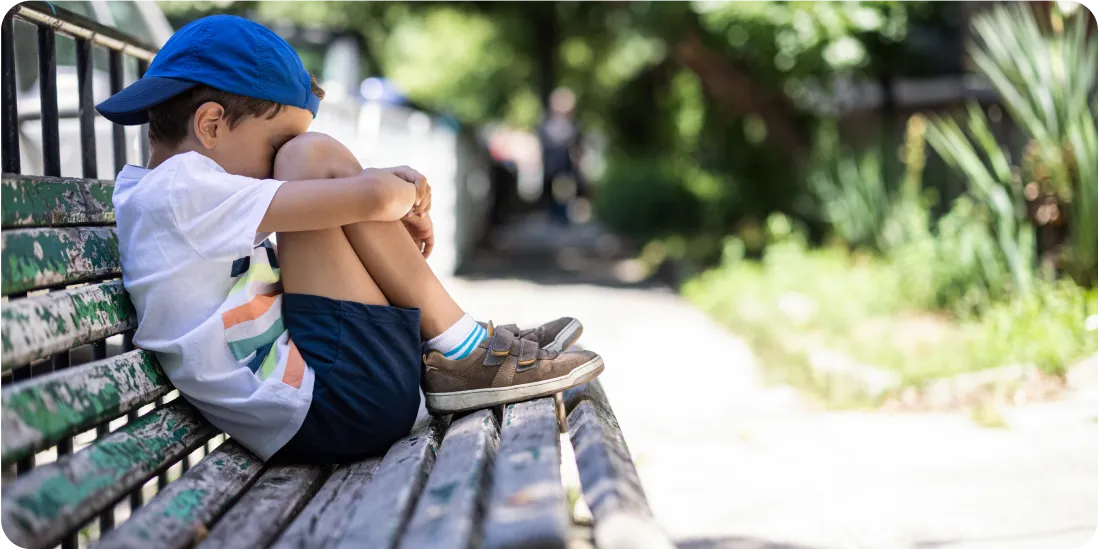
That is the equivalent of the entire city of Miami disappearing every year. The only factors we as police had to go on were a name that could be faked and a picture that might not bear any resemblance to the child when they first went missing. It was like searching for a non-existent needle in an infinitely large haystack.
As a cop, I felt helpless. How was it that we had a near-endless database of adults that we could leverage to identify victims and criminals, yet nothing existed for identifying children? That thought haunted me the rest of my career, and on the day I retired from active duty, solving this problem became my life's focus.
The best cure is prevention, and the second best is being prepared for a missing person event.
Let’s face it, parents have a lot on their plate, and while their kids safety is always a concern, preventive and preparatory tasks often fall on the families' back burner. This is why being prepared for a missing person event, even with the low likelihood of it ever happening is still always the best choice.
Parents will attend a lecture on protecting their children and leave with a fingerprinting kit that ends up unused in the back of the family's junk drawer.
Parents will visit the police station for an open house to get their kids fingerprinted, only to lose the fingerprints among the scraps of paper that litter a busy parent's minivan.
The parents will watch the news stories of abductions and human trafficking and swear that they’ll have a tough conversation with their kids about stranger danger and what to do if they ever get abducted, but life gets in the way, and that conversation never happens.
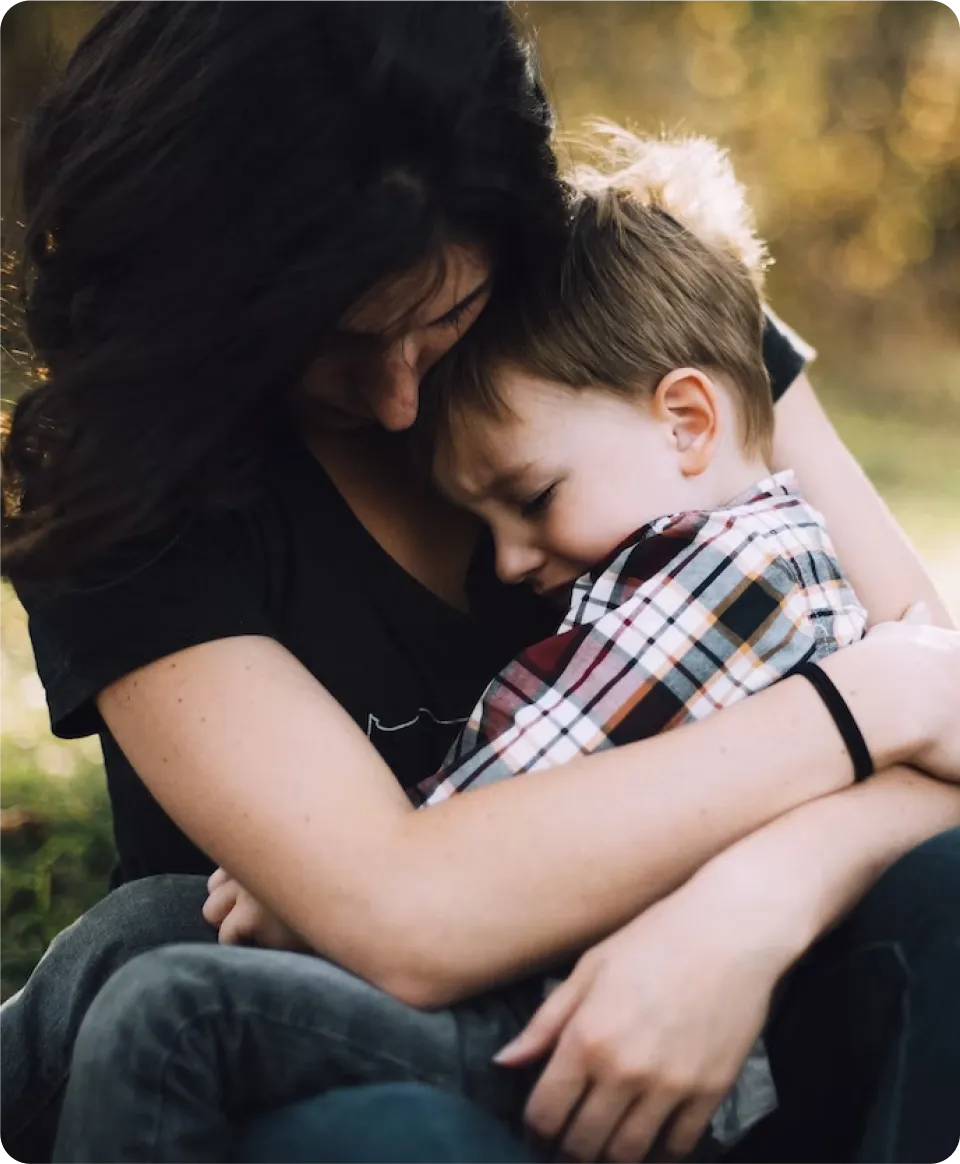
While we are all invested in preventing child abductions, preventive measures can only go so far. In the worst-case scenario, preparation could be the difference between parents finding their child or being haunted by the disappearance for the rest of their lives.
So what should the parents do?
According to both the FBI and the Center for Missing and Exploited Children, Fingerprinting your child is the single most important thing you can do to ensure your child can be quickly identified by law enforcement. But so far, your fingerprinting options have been limited to pop-up events and take-home paper records that are easily lost or forgotten about in the hustle and bustle of a busy family's life.
Introducing My Family ID, a better way to capture your children's fingerprints.
Using cutting-edge touchless fingerprinting technology, our app allows instant fingerprinting without ink, fancy equipment, or physical records that will just end up in your junk drawer. Using our app, you can capture a high-resolution, detailed print (not just a blue smudge) that can be instantly sent to law enforcement anywhere in the world for analysis and matching for all your family members five years and older. Because it’s on your phone, it’s ready at a moment's notice and can be shared with other caregivers to ensure everyone in your family circle has the critical records they need if and when they need them.
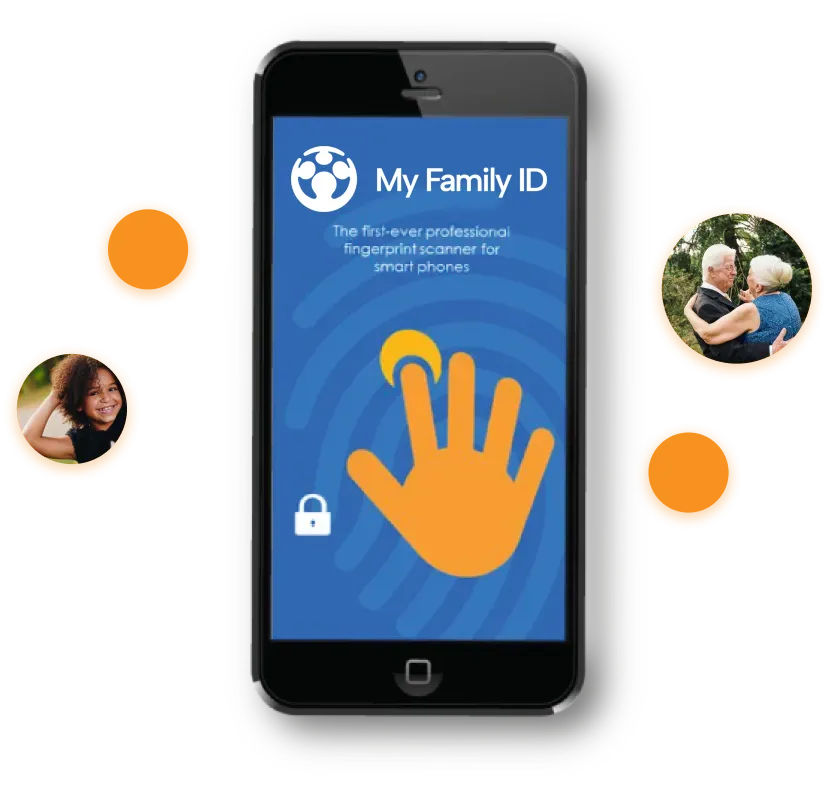
HOW TO GET THE APP
The My Family ID app is available on both Android and iPhone devices and can be downloaded from their respective app stores for a one-time fee!


